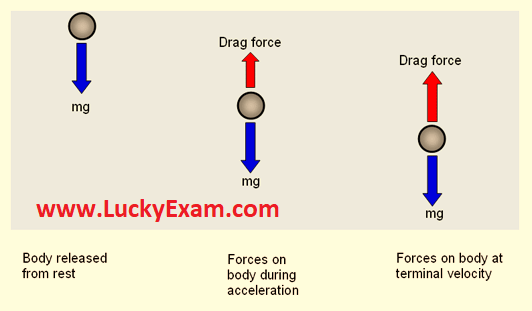

It is sometimes expressed in terms of centistokes (cS or cSt) 1 stokes = 100 centistokes = 1 cm 2 s −1 = 0.0001 m 2 s −1. The physical unit for kinematic viscosity is the stokes (St), named after George Stokes. The kinematic viscosity of water at 20 ☌ is about 1 cSt. The difference between low viscous and high viscous fluids is given in table below: Low Viscosity Pascal seconds (Pa-s) are commonly used to quantify viscosity, a measurement of force equal to one kilogram per meter per second (kg/(ms)). For example, honey spreads much slower than water because honey has a higher viscosity than water. It explains the internal friction of a moving fluid. The viscosity of water can affect the performance of medical devices and treatments, and knowledge about the viscosity of water is important for the design of medical equipment and the development of treatments for various conditions.Ī fluid’s (liquid or gas’s) viscosity is its resistance to shape change or movement of adjoining sections relative to one another. The viscosity of water affects the texture and consistency of many foods and beverages, and knowledge about the viscosity of water is important for optimizing the texture of sauces and gravies, creating smooth and creamy desserts, and achieving the desired consistency in bread dough and other baked goods. Understanding the behavior of fluids is important in a variety of fields, and knowledge about the viscosity of water is used to model and predict the behavior of fluids in natural systems and to design structures. Blood viscosity is a major issue: blood that is too viscous can form dangerous internal clots, while blood that is too thin will not clot this can lead to dangerous blood loss and even death.Knowledge about the viscosity of water is essential for optimizing fluid-handling equipment and manufacturing processes. Viscosity can be of critical importance in medicine as fluids are introduced into the body intravenously. Lubricants that are too thin provide too little protection for moving parts. Lubricants that are too viscous can jam and clog pipelines. Manufacturing equipment requires appropriate lubrication to run smoothly. Some viscous fluids add texture to foods honey, for example, is quite viscous and can change the "mouth feel" of a dish. A thick potato and leek soup, for example, when it is less viscous, becomes French vichyssoise. Different cuisines also rely on the viscosity of sauces, soups, and stews. Fats, which are moderately viscous when heated, become solid when chilled. Cooking oils may or may not change viscosity as they heat, while many become much more viscous as they cool. Viscosity plays a significant role in the preparation and serving of food. Some oils have a more stable viscosity, while others react to heat or cold if your oil's viscosity index is low, it may become thinner as it heats, which can cause problems as you operate your car on a hot summer's day.

In addition, viscosity also affects the rate of oil consumption and the ease with which your vehicle will start in hot or cold conditions. That's because viscosity affects friction, and friction, in turn, affects heat. When you put oil into your car or truck, you should be aware of its viscosity.


 0 kommentar(er)
0 kommentar(er)
